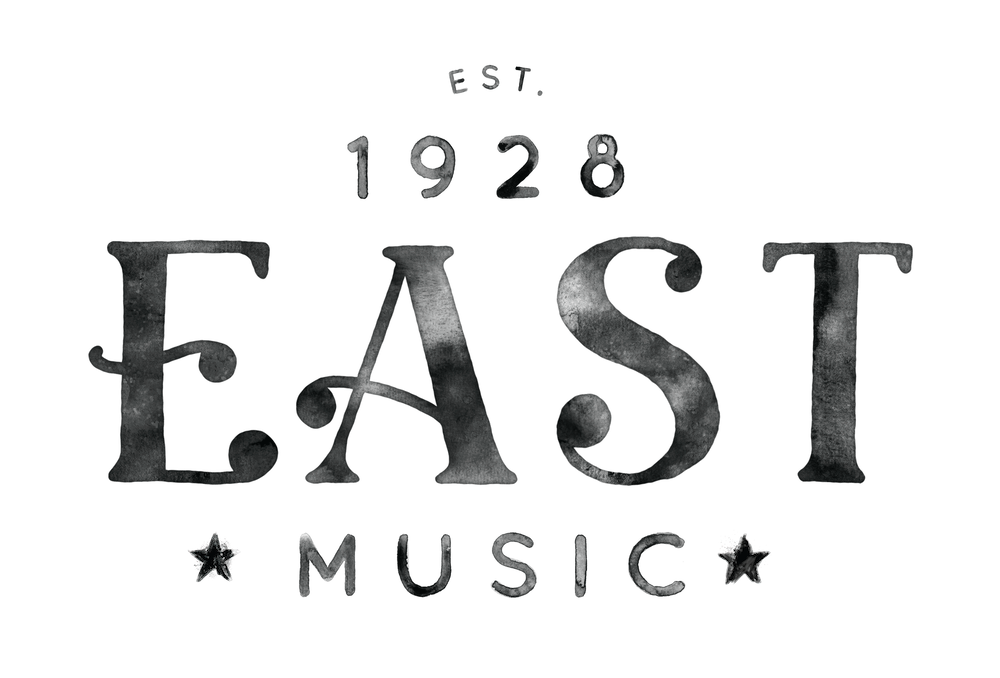In the sixth of the series in which some of the SA banding world’s pre-eminent players discuss the role of their particular instrument within the brass band, Derick Kane, principal euphonium of the International Staff Band, focuses on the role of the euphonium.
Having played my first solo on the euphonium at the age of ten, I realise the euphonium has been part of me for nearly 50 years – a sobering thought, and probably scope for a book rather than an article!
I was influenced by the great euphonium players of my youth, namely, John Clough, Trevor Groom and Lyndon Baglin. What was it about these three that still influences me today? Well for me, they encapsulate the fundamentals of brass playing and the artistic requirements of a band player and a soloist that has rubbed off on all euphonium players since (and we indeed have many fine players today). In fact, the standard of euphonium players in the last few years has been and is exceptional.
What are these artistic requirements for the euphonium player?:
• Quality of sound – the first fundamental of the making of all music. Long note practice, slow melody playing and a lyrical approach even to technical passages. We shouldn’t adopt a good sound for just one aspect of playing. The Salvation Army approach to playing a tune has most of the time got to be ‘congregational.’ However, there is also a misconception that all SA hymn tune playing is well played. Although true in some cases, how many can play with a full sound, well connected notes, expressive phrases and with internal balance? A good sound is something we can all strive for.
• The aspect of technical requirements is an interesting one. What is difficult for one player can be easy for another. There is no shortcut, however, to consistent technical proficiency. Some elements of playing just have to be practised all the time. Scales, methods of tonguing, flexibility, range and difficult finger patterns, have to be part of daily routine. Studies are also important for stamina, and sight reading new and different music should not be ignored.
• So where has the challenge come from for the SA euphonium player? If I look at it from an ISB perspective, it seems to me that in mainstream SA music, euphonium parts were more technically demanding years ago. This may well reflect the number of SA bands capable of playing more difficult music, and also reflect the nature of compositions we now have. Even as far back as Army of the brave (1920s) we have a technical part to play a lot of the time. Later comes Symphony of Thanksgiving, full of demanding lyrical and technical elements. From the same composer (Dean Goffin), we have My strength my Tower, with the beautifuleuphonium (and cornet) solo. This piece is still a challenge to any euphonium player. My first concert with the ISB included the piece Kaleidoscope (a selection of Rimsky-Korsakov extracts), which made plenty of demands on the euphonium soloist and section. In more recent times, I would point to some Kenneth Downie music for challenge of a technical nature. His Music of Thanksgiving makes demands of the range and personally stamped lyricism. There are other moments of challenge and, indeed, beauty along the SA way, but I have no doubt that my playing has been enhanced (and indeed the ISB’s) with the occasional journey into the test-piece arena. I share a view that this particular musical journey is important for the progress of players and indeed, a band. So the addition over recent years of St. Magnus, Paganini Variations, The Essence of Time and Journey into Freedom (on the current ISB concert programme) to our repertoire has taken me and other players to new musical places, giving a challenge to players and, indeed, to audiences.
• I would at this point just pay a personal tribute to influences and support from within the ISB. I think particularly of Col. Ray Bowes, with his early musical influences on me, and a master of expressive playing and the artistic place of the musical nuance. Current Staff Bandmaster Dr. Stephen Cobb, for his belief in me as a principal player (important to a player!), and his encouragement to be playing in the euphonium chair for so long (and maybe just a bit longer!). I would also acknowledge the support of several ‘number two’ euphonium players. It’s an essential role to support a principal player, and I have been more than fortunate in this respect.
• If musical challenge has been consistent in SA repertoire, it’s probably in the area of solo material. The Better World, Lyric Variations, Welsh Rhapsody, Images of Praise and Air ‘n Variations, to name but a few, offer a soloist great scope for challenge and performing music at a high level. Some melodic material too will serve a soloist well – Spirit of Life, Annie Laurie and Shepherd’s Song will all test a player’s ability to shape a phrase and more than that, test one’s ability to communicate with the listener. After all, we can read and write all the articles in the world but we are all assigned with the same task, to communicate our music in the best possible way.
